PROTECT YOUR DNA WITH QUANTUM TECHNOLOGY
Orgo-Life the new way to the future Advertising by AdpathwayLilies are some of the most stunning garden flowers. Whether you plant a row of daylilies to bring a pop of color to a woodland border or have a few Asiatic lilies growing in pots, you probably hope to enjoy these flowers for as long as possible.
Even if your plants are healthy and loaded with flowers, these trumpet-shaped blooms will eventually fade and wither. That begs the question of whether you should leave these old flowers on the plant or trim them.
I’ll cover whether or not you should trim faded lily blooms so you can keep your lilies healthy and producing for as long as possible.
The Short Answer
While you don’t have to trim faded lily blooms, doing so will allow the plant to send its energy towards growth and flower production. Plus, it will keep the plants looking tidy and reduce the likelihood of decay and fungal growth. Use a pair of pruning shears to remove the old flowers as soon as they begin to droop and change color.
The Long Answer
There’s no harm in removing old lily blooms, but learning a bit more about the benefits and steps of this process can help you determine if it’s worth completing. I’ll cover some reasons why you should trim faded lily blooms and further explain how and when to deadhead the old flowers.
Why Trim Faded Lily Blooms?
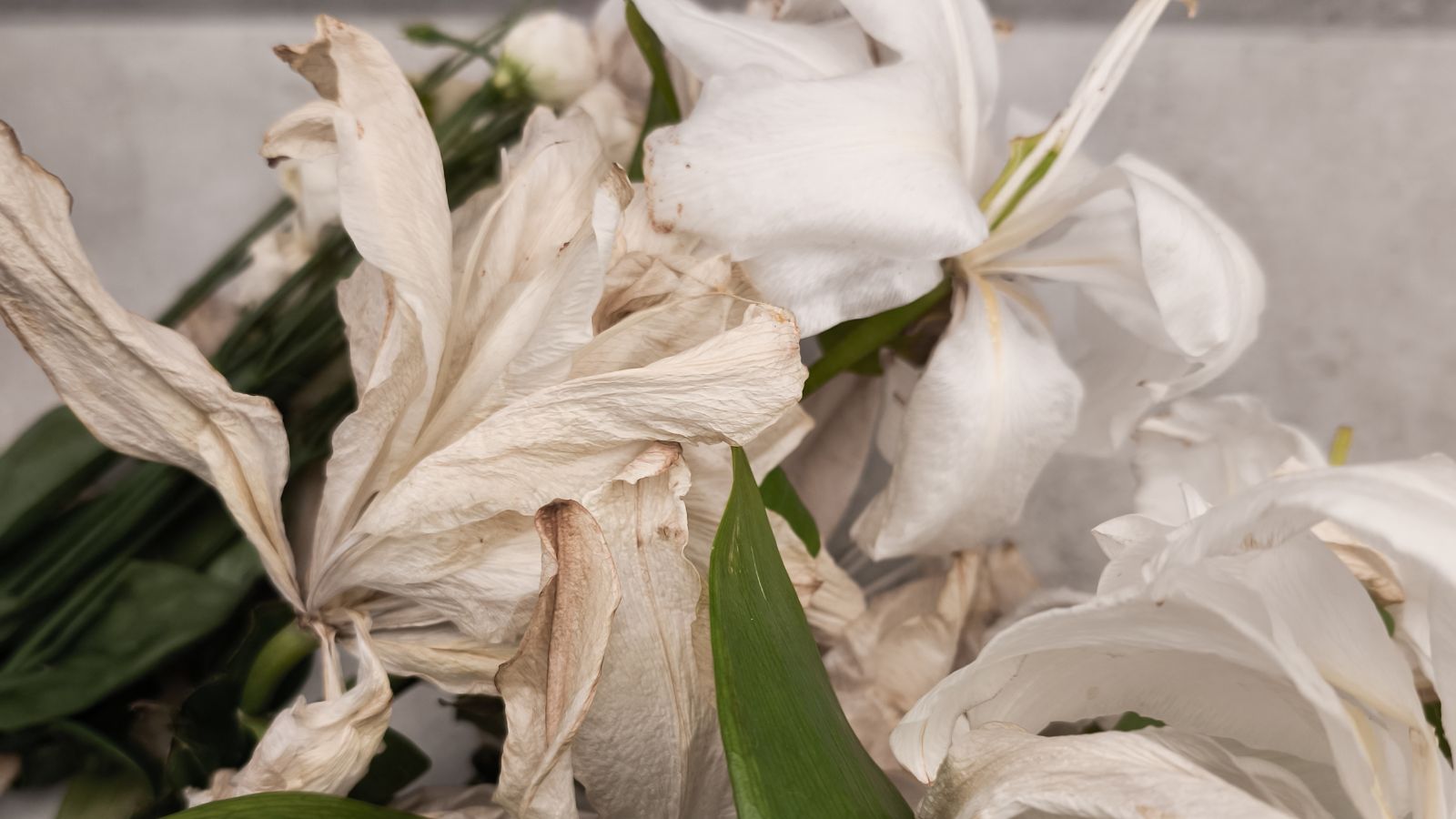 Removing faded blooms will encourage more floral production.
Removing faded blooms will encourage more floral production.When you look at lilies from a human perspective, the flowers are the main attraction. The large, trumpet-shaped blooms brighten up woodland edges, serve as focal points in bouquets, and provide color throughout the summer. And with so many different lily varieties to choose from, it’s easy to find a few that you like.
Plants view flowers differently. The whole goal of the flower is to encourage the pollination that’s required for seed set. Once the flowers are pollinated, the plants can start the energy-intensive process of seed production in order to carry on their genetics.
Removing old lily flowers will prevent the plants from sending their limited energy and nutrients toward seed production. They can then focus on other tasks, like producing new flowers that you can enjoy.
Trimming faded lily flowers also limits the likelihood that the plants will develop rot. Old flowers become soft and moist, which encourages fungi to colonize the limp, brown flowers. Removing these flowers reduces the likelihood of disease occurrence.
How to Trim Faded Lily Blooms
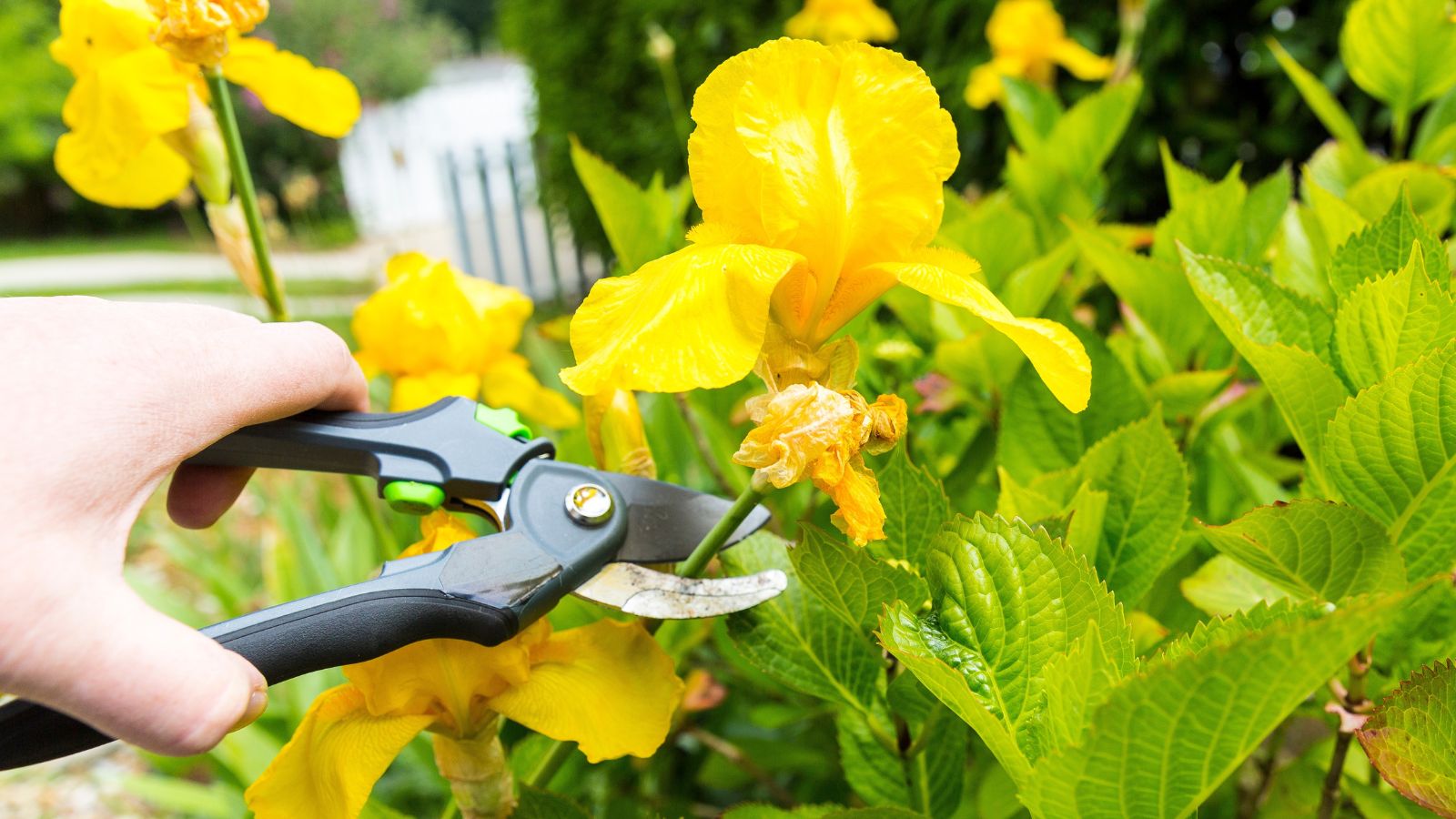 Use sharp, sanitized pruners to cut just below the flower or cluster.
Use sharp, sanitized pruners to cut just below the flower or cluster.Trimming faded lily blooms is easy. First, locate old blooms. You can trim the blooms as soon as they become wilted and begin to change color.
Grab a pair of sharp and sanitized pruning shears and locate the ideal cutting site. Some lilies, like daylilies, form a small cluster of flowers on long, slender stems. Others produce a larger number of flowers atop sturdier stems.
Regardless of which type of lily you’re growing, trim the faded flower’s peduncle. This is the small stem that attaches the flower to the rest of the plant. Cut at a clean angle to encourage quick healing and allow the plant to continue producing new flowers.
How Often to Deadhead Lilies
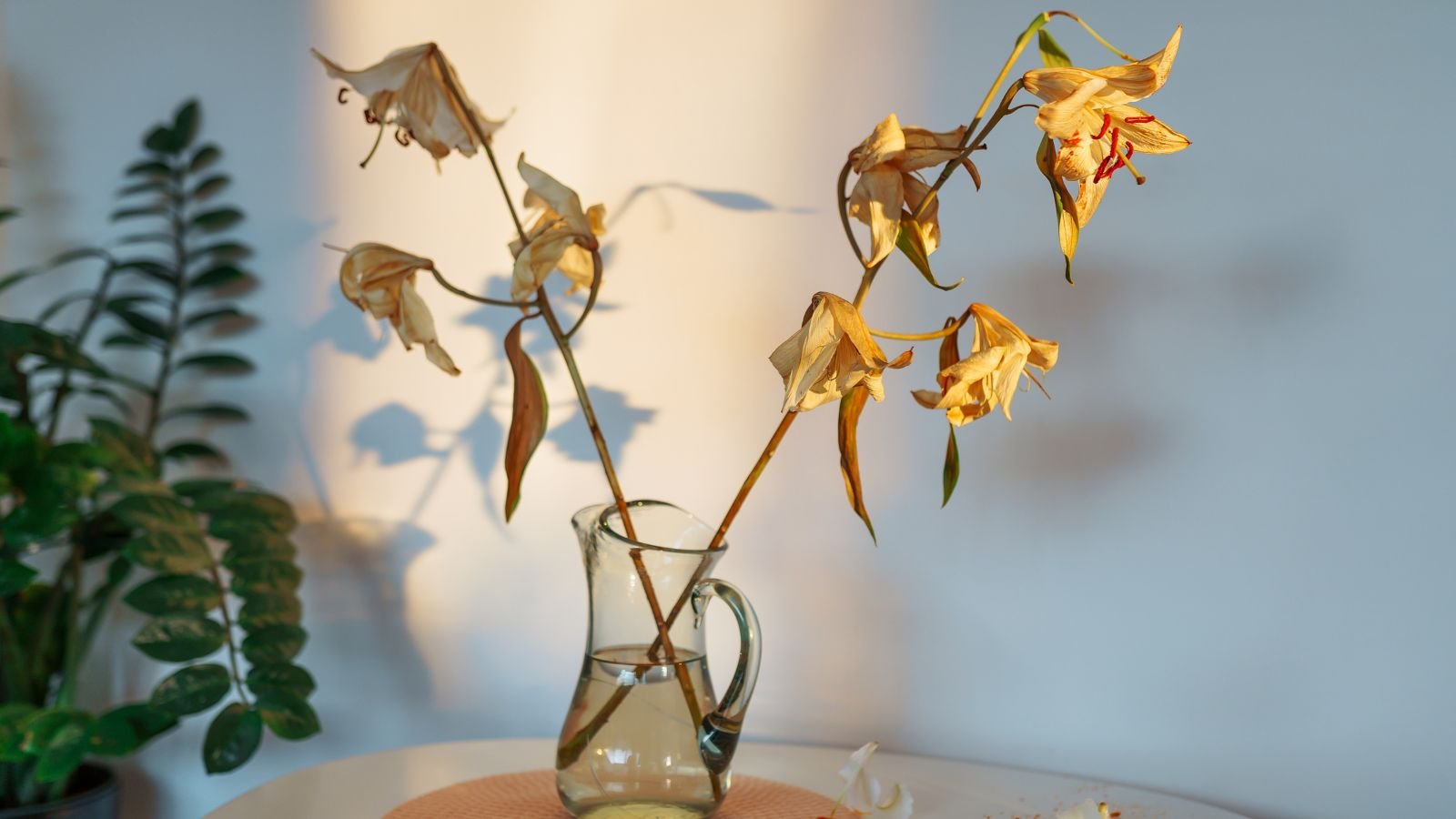 Check them every couple of days to remove spent blooms.
Check them every couple of days to remove spent blooms.While deadheading lilies every couple of days is ideal, don’t sweat it if you can only complete this task once a week. Your overarching goal is to remove the flowers before they begin forming seeds.
Since daylily flowers only last a day, don’t worry about removing the flowers as soon as they die. Instead, you can wait until all of the flowers on a single stalk have faded, then trim back the entire stem.
Continue trimming back the dead blooms until the plants stop producing new flowers. At the end of the growing season, you can trim back the stems to the ground.
Should You Trim Peace Lily Blooms?
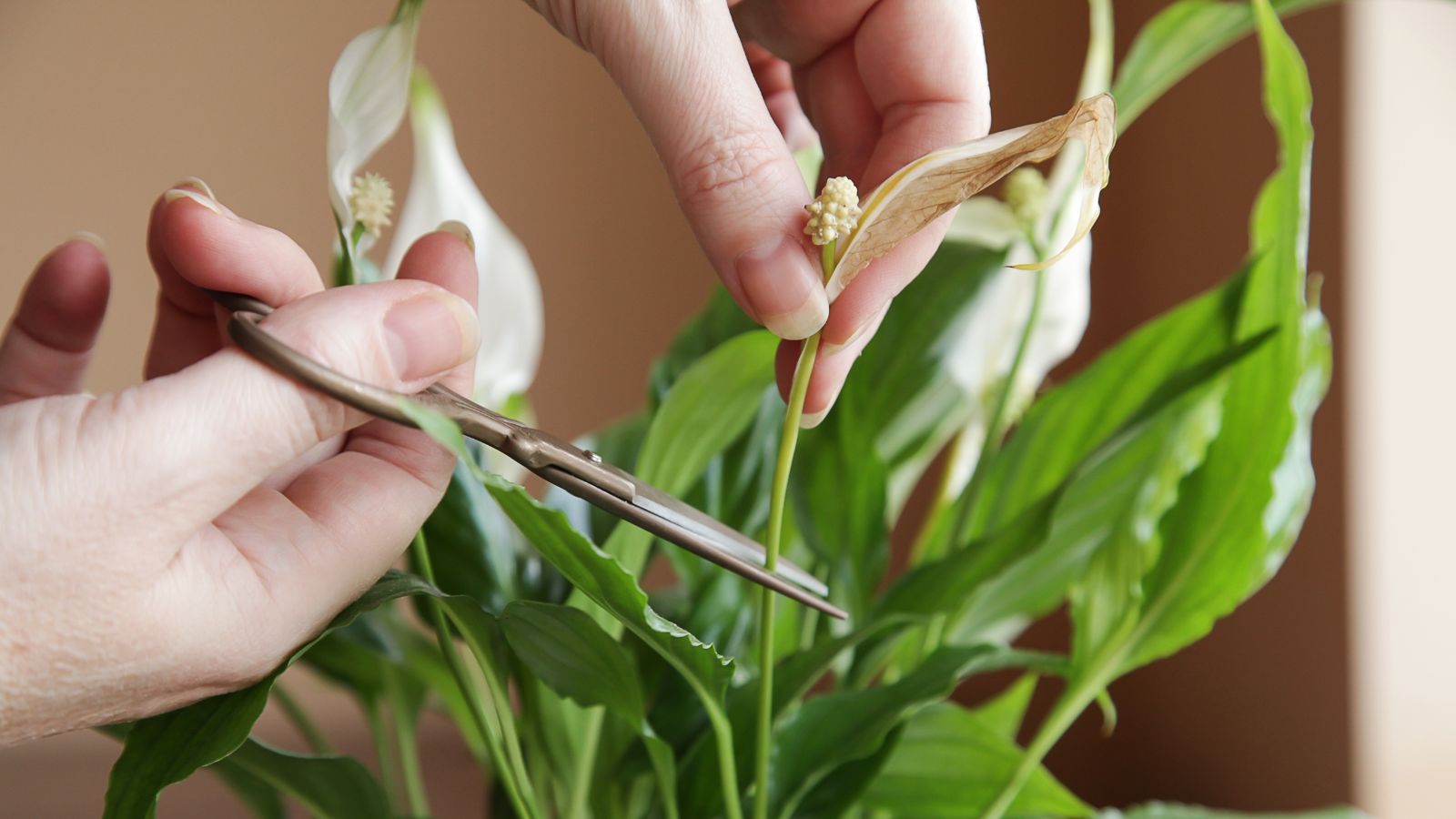 These perennial lilies also benefit from deadheading.
These perennial lilies also benefit from deadheading.Peace lilies aren’t true lilies, which explains why they look different from common garden lilies. Instead, these houseplants are perennials that are members of the Spathiphyllum genus. So, if they aren’t true lilies, should you still trim their faded blooms?
Yes, you should remove faded peace lily blooms to encourage the plant to produce new flowers. Peace lily flowers often last weeks or even months, but they’ll eventually fade. The flowers will die back on their own, but you can trim the faded blooms to keep the plant tidy and allow it to focus on producing new growth.


 2 days ago
9
2 days ago
9






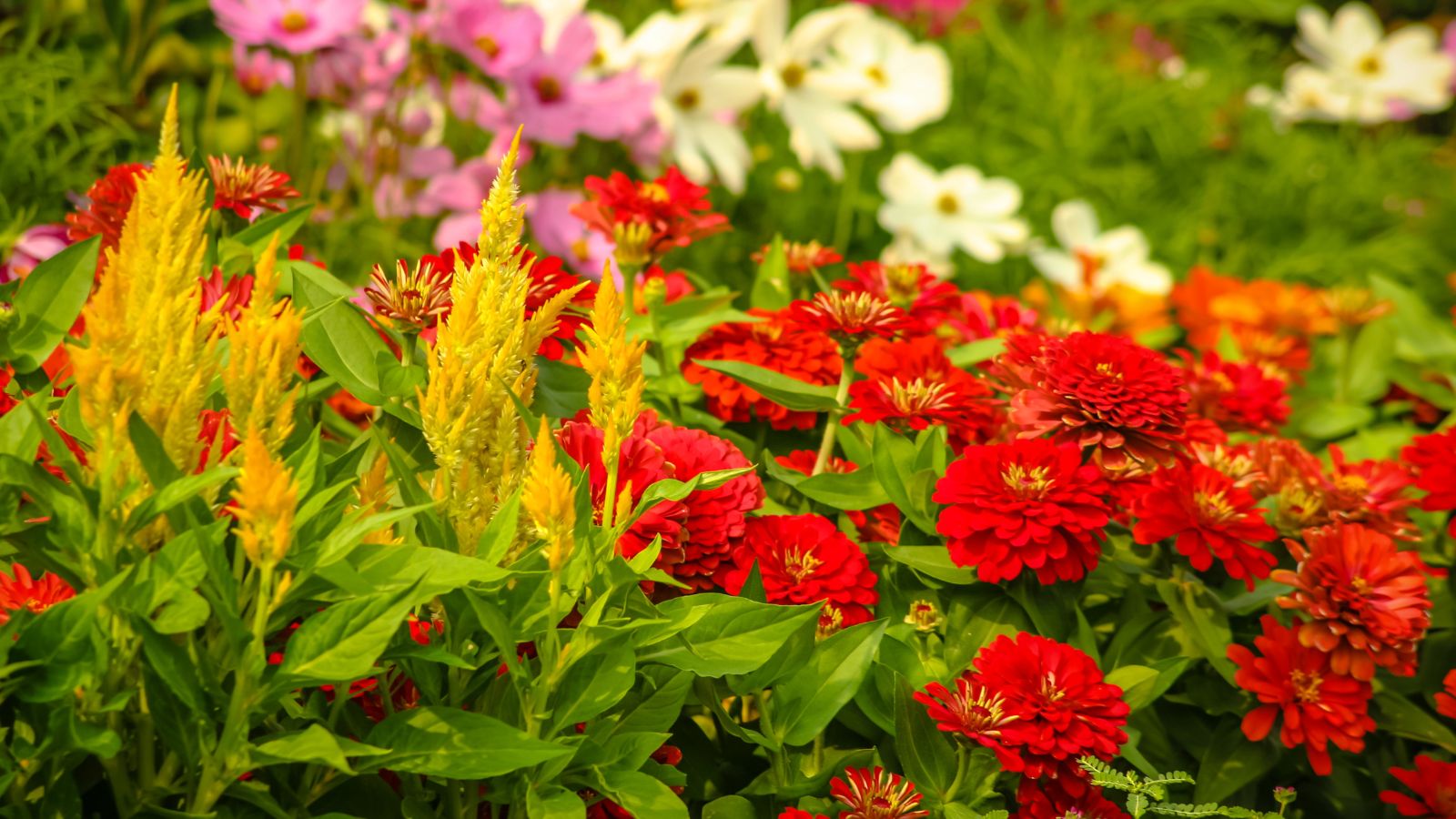














 English (US) ·
English (US) ·  French (CA) ·
French (CA) ·